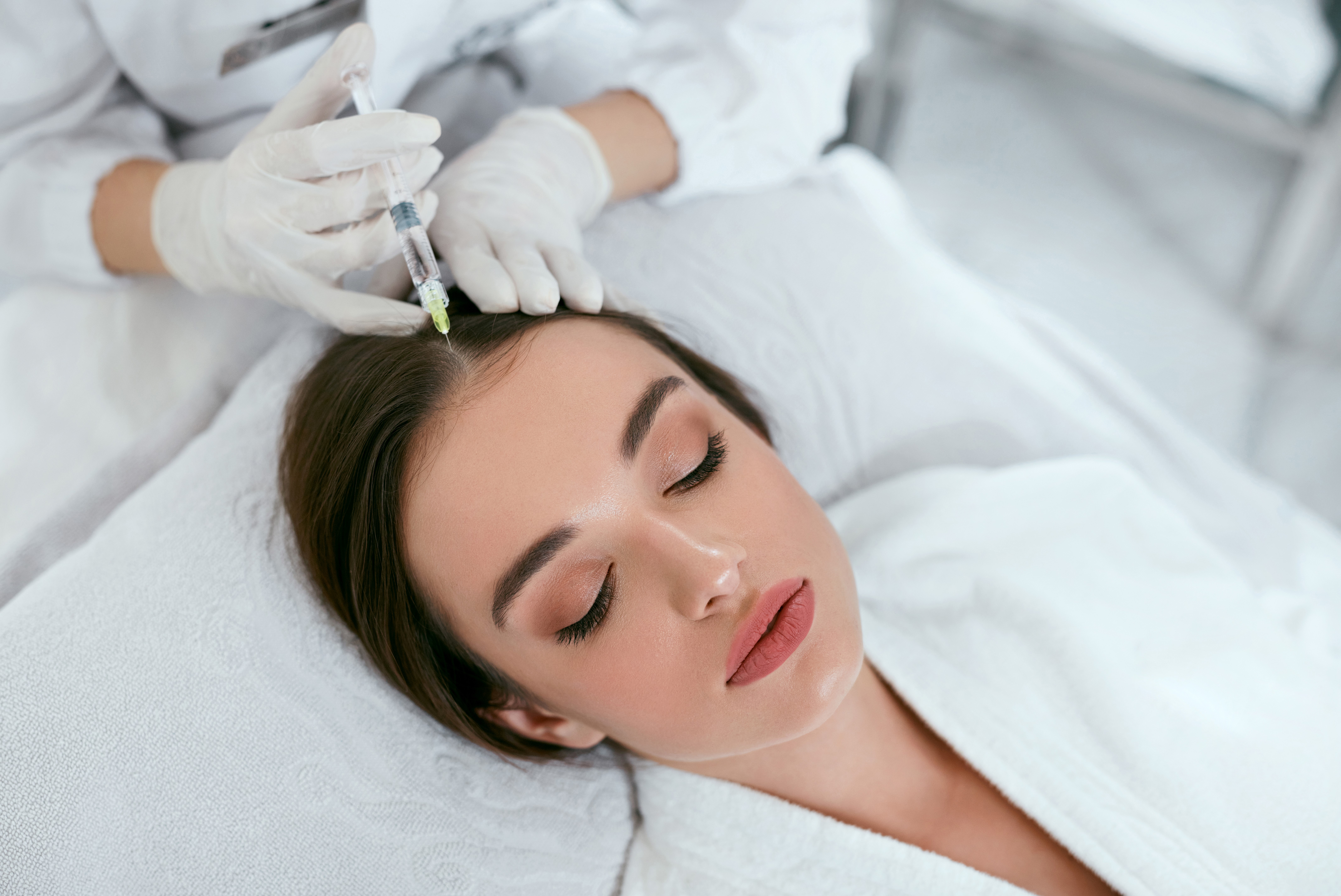
The Development of PRP Therapy

PRP or platelet-rich plasma therapy is a useful procedure in the medical field, which actually was thought of many years ago. It was in the 1970s that hematologists first came up with the idea to somehow use platelets and the growth factors and molecules associated with these and the blood plasma, to help tissues to heal.
The PRP is blood plasma which has far more blood platelets, and hence useful growth factors than normal blood plasma would have.
Researchers have shown that blood platelets secrete numerous protein molecules that help blood vessel development and growth and help to deposit the extracellular matrix surrounding the cells of various tissues in the body. Blood platelets are the components of the blood which also help the blood to clot when there is an injury, and in fact, if a person has a low platelet count they can bleed to death if injured. This emphasizes the importance of these cellular components of the blood system.
A great benefit of platelet-rich plasma is that it uses a person’s own blood supply, which means that it is a modified type of autologous transfusion of blood. Basically, blood is taken from the patient and then placed in a centrifuge which is a machine that spins at a very high rate of speed. The spinning action helps to separate out the various cellular and non-cellular components of the blood supply so that the platelets can be concentrated.
The use of PRP therapy
Physicians first started using PRP therapy in the 1980s in cases where open heart surgery was done. The procedure was also used to help in the treatment of a football player who had torn his Achilles tendon. Mishra and Pavelko published a study in 2006 in which they examined the use of PRP therapy in treating an inflamed tendon in the elbow.
Their study examined the effectiveness of the treatment by comparing patients who did receive PRP injections with those who did not. None of these patients underwent surgery for the tendonitis. After 8 weeks it became clear that the PRP did help with the pain, and in fact 60% of these patients had improved compared with the 16% of patients who did not have the treatment.
The use of PRP therapy has since been extended to treating patients who have hair loss problems such as alopecia, and in fact, the PRP helps tissues to heal and hair to grow in patients who have had hair transplant surgeries such as the FUE. There are medical spas that offer a PRP with microneedling such as these PRP treatments in Oak Brook, IL that can help regrow hair on the scalp. However, when undergoing PRP treatments, it’s important that you discuss the PRP recovery time with your doctor or practitioner.
A study completed in 2014 actually showed that PRP helped in patients with androgenetic alopecia even in the absence of a hair transplant procedure. This meant the treatment can be used both in cases where hair transplantation is done and as a separate procedure to help encourage hair growth. The platelet-rich plasma therapy procedure is done at many clinics around the world, including the Vera Clinic in Turkey.
It is an effective treatment for hair loss which helps to stimulate tissue growth. It is also useful for individuals who do not want to have a hair transplant procedure and are looking for a noninvasive treatment option.













































